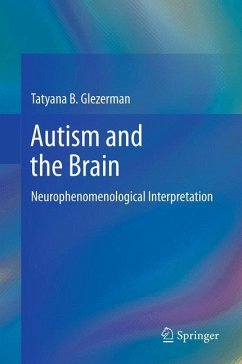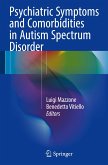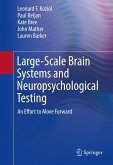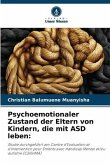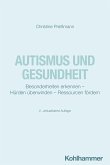For years, the typical presentation of autism-the developmental delays, the social and linguistic deficits-has been well known. Despite great variation among children with this condition, certain symptoms are considered hallmarks of the disorder. Less understood is why these symptoms come together to construct autism. And as autism rates continue to rise, this information is ever more vital to accurate diagnosis and treatment.
Autism and the Brain offers answers by showing a new neuropsychology of the autistic spectrum, reviewing general brain organization, and relating specific regions and structures to specific clinical symptoms. The author identifies deficiencies in areas of the left-hemisphere associated with the self and identity as central to autism. From this primary damage, the brain further reorganizes to compensate, explaining the diverse behaviors among low- and high-functioning individuals as well as autistic savants. The result is a unique three-dimensional view of brain structure, function, and pathology, with in-depth focus on how the autistic brain:
Perceives the world.
Understands and uses words.
Perceives faces.
Understands spatial relations and numbers.
Understands feelings and registers emotions.
Perceives the self as separate from others.
Acts in the world.
Challenging readers to re-think their assumptions, Autism and the Brain is breakthrough reading for researchers, clinicians, and graduate students in fields as varied as child and adolescent psychiatry; clinical child, school, and developmental psychology; neuroscience/neurobiology; special education and educational psychology; social work; communication disorders; and public health and policy.
Autism and the Brain offers answers by showing a new neuropsychology of the autistic spectrum, reviewing general brain organization, and relating specific regions and structures to specific clinical symptoms. The author identifies deficiencies in areas of the left-hemisphere associated with the self and identity as central to autism. From this primary damage, the brain further reorganizes to compensate, explaining the diverse behaviors among low- and high-functioning individuals as well as autistic savants. The result is a unique three-dimensional view of brain structure, function, and pathology, with in-depth focus on how the autistic brain:
Perceives the world.
Understands and uses words.
Perceives faces.
Understands spatial relations and numbers.
Understands feelings and registers emotions.
Perceives the self as separate from others.
Acts in the world.
Challenging readers to re-think their assumptions, Autism and the Brain is breakthrough reading for researchers, clinicians, and graduate students in fields as varied as child and adolescent psychiatry; clinical child, school, and developmental psychology; neuroscience/neurobiology; special education and educational psychology; social work; communication disorders; and public health and policy.
From the reviews: "Glezerman does an outstanding job of presenting the current state of knowledge of this complex and fascinating disorder. The book is well written and well researched, and it provides a sophisticated and thought-provoking analysis of the neurological correlates of autism. Psychologists, neuropsychologists, and all those interested in the study of autism should find the book very interesting." (Linda C. Caterino, PsycCRITIQUES, Vol. 58 (25), June, 2013) "There is potentially a large audience for this book, including anyone interested in neuropsychology, psychiatry, neurology, neurosciences, neurodevelopment, and pediatrics. ... This is a well-written account of autism from a neuropsychological, neuroscientific, and clinical perspective. The book does a good job of integrating these aspects to give both a neuroanatomic understanding of these patients and a clinical flavor of the behavioral and functional aspects of the disorder that helps to connect the science to the human individual." (Christopher J. Graver, Doody's Book Reviews, November, 2012)

